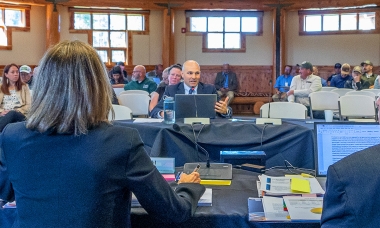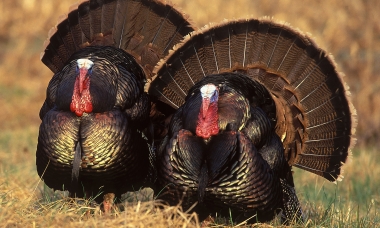Oct. 1 wildlife forage seed giveaway in Central Point, Grants Pass, Gold Beach
CENTRAL POINT, Ore. – The Oregon Department of Fish and Wildlife is giving away free wildlife forage seed to landowners in Central Point, Grants Pass, and Gold Beach on Wed., Oct. 1. Landowners are eligible for two 15-pound bags of seed to cover at least one acre of habitat for wildlife. Seed bags…














